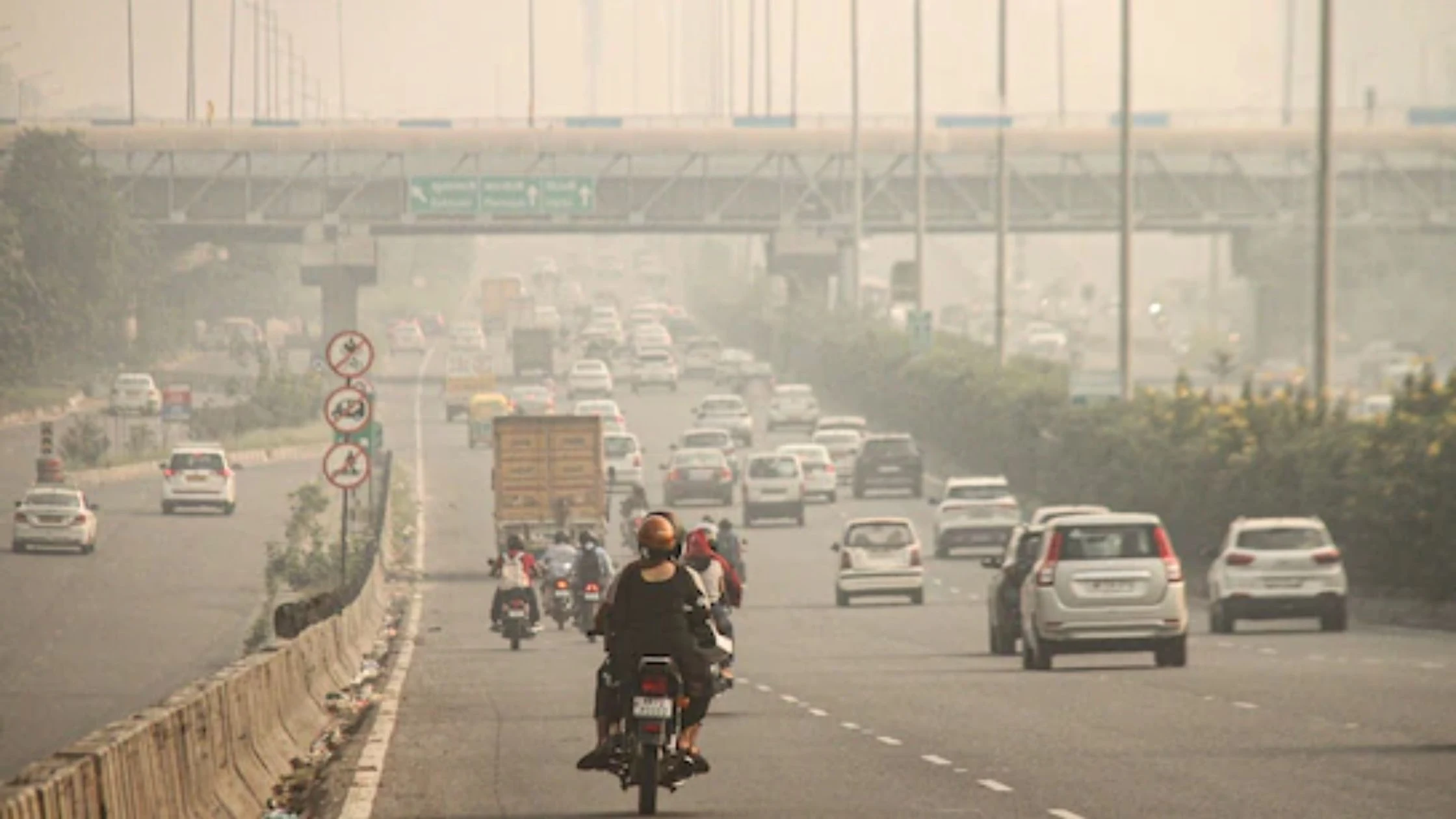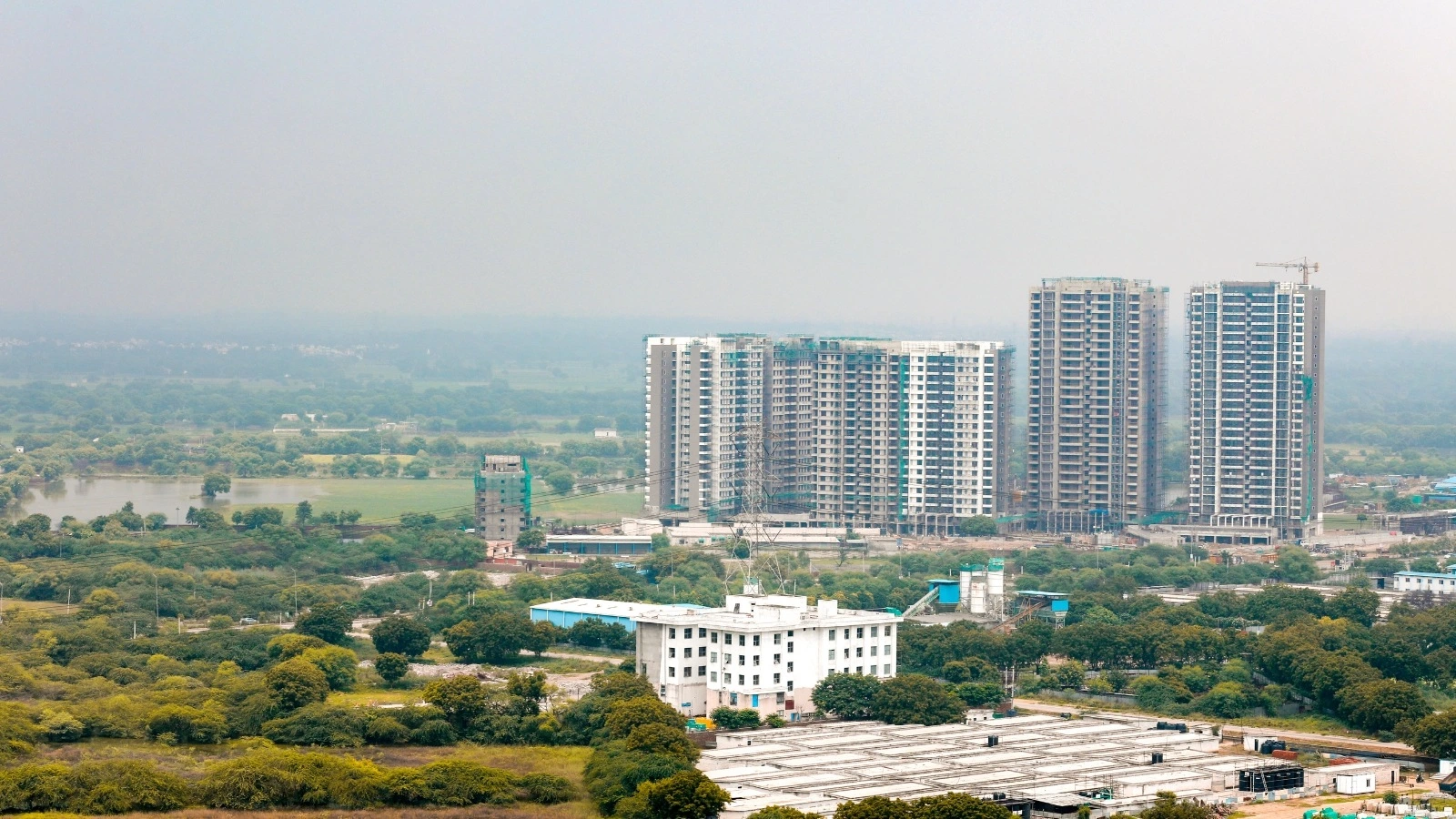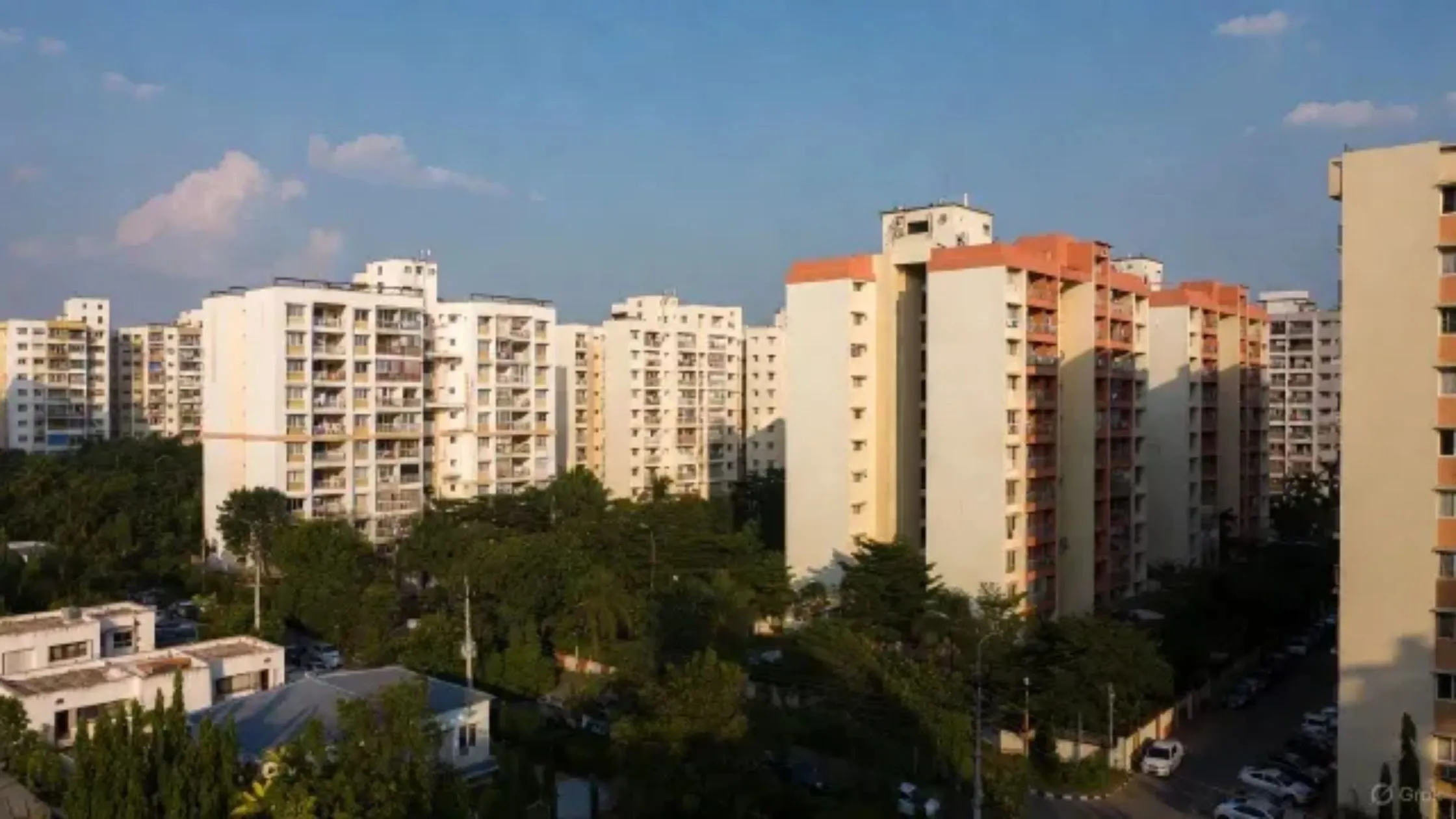Table of Content
- Hidden Costs Behind Property Purchases
- Development Charges and Infrastructure Premiums
- Labour Cess and Its Mismanagement
- The Obvious Taxes: GST, Stamp Duty & Registration
- Property Tax in India – The Never-Ending Expense
- The Larger Question: Where Does All This Money Go?
- Constitutional Promise and Missed Opportunity
- Conclusion
When you buy a home in India, you’re not just paying for bricks, cement, and a prime location you’re also funding a long list of taxes and levies. The big question every homebuyer should ask is: how much of my flat’s cost actually goes into the government’s pocket? Is it 25%, 30%, or closer to 40%?
The truth is that anywhere from a quarter to nearly half of your property price is absorbed in taxes, duties, and hidden charges. Yet, even as homebuyers pay these massive sums, the urban infrastructure in India’s largest cities, roads, drainage, sewage, and public utilities, continues to deteriorate. This mismatch between rising costs and poor livability raises one pressing question: What are we really paying for when it comes to property taxes in India and other levies?
Hidden Costs Behind Property Purchases
The first shock for most buyers is the pile of hidden charges that get built into property prices long before a single brick is laid. Developers must pay hefty fees to obtain approvals, licenses, and permits. These include Change of Land Use (CLU) charges, license fees, plan sanction charges, and multiple no-objection certificates (NOCs) covering fire, environment, and pollution.
In Gurugram, these fees can make up as much as 5–7% of a project’s overall cost. In Bengaluru and Mumbai, the figure is slightly lower at around 4–6%. Regardless of location, the story is the same: these costs are always passed on to the end buyer. So, while your sale deed might not list them separately, you’re paying for every single clearance in your final flat price.
Also Read: Navi Mumbai’s Office Market Expands to 23.8 Mn Sq Ft, Contributing 20% to MMR’s Commercial Supply
Development Charges and Infrastructure Premiums
Another major component of home pricing is development charges often presented under the labels of IDC (Internal Development Charges) and EDC (External Development Charges). In theory, these funds are meant to support the creation of roads, sewage lines, streetlights, and civic infrastructure. In practice, they mostly vanish into government accounts with little visible impact.
For example, in Gurugram, buyers indirectly pay about ₹500 per sq ft roughly 2% of property value toward EDC/IDC. For a typical project of 800 flats averaging 2,000 sq ft each, that’s ₹10 lakh per apartment and a staggering ₹80 crore in total. Multiply that across multiple housing projects, and the numbers run into thousands of crores. But where is this money reflected in public infrastructure? That’s a question without answers.
Bengaluru doesn’t levy IDC/EDC but collects betterment charges through its local authorities like BBMP and BDA. In Mumbai, the equivalent comes as development charges and infrastructure premiums, which flow directly to the Brihanmumbai Municipal Corporation (BMC). Regardless of city, the effect is identical homebuyers bear the cost without seeing proportionate improvement in civic amenities.
Labour Cess and Its Mismanagement
Another little-known levy is the 1% labour cess charged on the construction cost of every project. This money is earmarked for the welfare of construction workers, who build our homes under grueling conditions. The cess is supposed to fund healthcare, insurance, maternity support, education for workers’ children, and housing for the labour force.
Unfortunately, mismanagement has plagued this initiative. Since its introduction in 2005, states have collected over ₹1.7 lakh crore in labour cess. Shockingly, more than ₹70,000 crore of this pool remains unused, sitting idle in government coffers while the very workers it was meant to support continue to struggle. Once again, homebuyers pay the price, while accountability is nowhere to be seen.
The Obvious Taxes: GST, Stamp Duty & Registration
Beyond hidden levies, buyers also face visible, unavoidable taxes that add significantly to property prices.
- Goods and Services Tax (GST): On under-construction homes, GST is 5% of the apartment’s cost. This alone can run into several lakhs, depending on the property value.
- Stamp Duty and Registration Charges: Varying by state, these add another 5–7% of the flat’s price. Maharashtra, Karnataka, and Haryana all fall in this range. Notably, India has some of the highest stamp duty rates in the world, further inflating acquisition costs.
And then comes the recurring, unavoidable burden every homeowner faces property tax in India.
Property Tax in India – The Never-Ending Expense
Unlike one-time charges such as stamp duty or GST, property tax in India is a recurring liability that homeowners pay annually to their local municipal authority. This tax is calculated based on factors like the property’s size, location, and usage.
The principle behind property tax in India is simple: it should fund essential civic services such as waste management, road maintenance, drainage, water supply, and public amenities. But in reality, most urban residents rarely see the benefit of these funds. Despite paying tens of thousands of rupees every year in property tax, residents of cities like Mumbai, Bengaluru, and Gurugram continue to grapple with waterlogging, potholes, garbage mismanagement, and poor public transport.
This mismatch between taxation and service delivery makes property tax in India one of the most debated levies in the real estate ecosystem. Homeowners don’t mind paying as long as they get reliable services in return. The problem lies in the absence of transparency, utilization, and accountability.
The Larger Question: Where Does All This Money Go?
When you add up licensing fees, development charges, labour cess, GST, stamp duty, registration, and property tax in India, nearly 30–40% of your total property outlay is consumed by the government. Yet, Indian cities continue to rank poorly in terms of liveability and infrastructure quality.
Consider this paradox: Gurugram, Bengaluru, and Mumbai generate massive revenues for their respective states, contributing more than 60% of economic activity in many cases. Yet these cities face crumbling drainage systems, toxic air, and annual monsoon floods. The public has little insight into how the thousands of crores collected through real estate levies are actually spent.
Also Read: Haryana Abolishes Stamp Duty on Purchase of 50 sq yards, 100 sq yards Plots
Constitutional Promise and Missed Opportunity
This accountability gap isn’t new. The 74th Constitutional Amendment, passed decades ago, was designed to give more autonomy and financial independence to urban local bodies. The idea was that municipalities and elected mayors would directly collect taxes including property tax in India and reinvest them into local development.
However, this amendment largely remains on paper. In most states, municipal corporations and mayors lack real decision-making power and remain answerable to chief ministers or state bureaucracies. Without decentralized control, funds are diverted or misused, leaving cities underfunded and citizens shortchanged.
Conclusion
Buying a home in India is not just about investing in property it’s also about shouldering one of the heaviest tax burdens in the world. Between hidden levies, licensing fees, stamp duty, GST, labour cess, and property tax in India, as much as 40% of a homebuyer’s budget is siphoned into government accounts.
What makes this more frustrating is the lack of transparency and accountability. Homebuyers pay for infrastructure that rarely materializes, for worker welfare that remains underfunded, and for civic services that never seem to improve.
For real change, India needs two things: a transparent accounting of how these funds are used, and real empowerment of urban local bodies to invest tax revenues back into cities. Until then, property buyers will continue to pay into a system that offers little return on their hard-earned money.








Ans 1. Homebuyers in India typically pay anywhere between 25% to 40% of the property price toward taxes, duties, levies, and hidden charges, making a significant portion of the investment go to government collections.
Ans 2. Hidden costs often include fees for Change of Land Use (CLU), plan sanctions, licensing, and multiple no-objection certificates covering fire, environmental, and pollution clearances. These charges are generally passed on to the buyer even though they are not itemized in the final sale deed.
Ans 3. Development charges, labeled as External Development Charges (EDC) or Internal Development Charges (IDC), are theoretically meant to fund civic infrastructure such as roads, sewage systems, and street lighting. In reality, these funds are collected but seldom result in visible improvements for residents.
Ans 4. The labour cess is 1% of the construction cost, intended to support the welfare of construction workers, including healthcare, insurance, and housing. However, since its introduction in 2005, a large portion of these funds has remained unused, leaving the intended beneficiaries without support.
Ans 5. The most visible taxes for homebuyers are the Goods and Services Tax (GST) on under-construction properties, which is 5% of the apartment’s cost, and stamp duty and registration charges that vary by state but generally add another 5–7% to the property price.
Ans 6. Property tax is an annual levy collected by local municipal authorities based on factors such as property size, location, and usage. It is intended to fund essential civic services like water supply, waste management, and road maintenance, though the actual benefits to residents are often limited.
Ans 7. Despite paying high taxes, residents of Indian cities often continue to face poor infrastructure, including waterlogging, potholes, and inadequate public services. The lack of transparency and accountability in how tax revenue is utilized contributes to this gap.
Ans 8. The 74th Constitutional Amendment was designed to empower municipalities to collect taxes and reinvest them in local development. In practice, however, most municipal bodies remain dependent on state governments, which limits their ability to utilize funds effectively.
Ans 9. Greater transparency in fund allocation and real empowerment of municipal authorities to invest tax revenues into civic infrastructure are crucial steps toward ensuring homeowners see tangible improvements in their communities.
Ans 10. Being aware of all visible and hidden taxes allows homebuyers to better plan their finances, understand the real cost of purchasing a property, and recognize why property prices in India are comparatively high despite limited improvements in urban infrastructure.